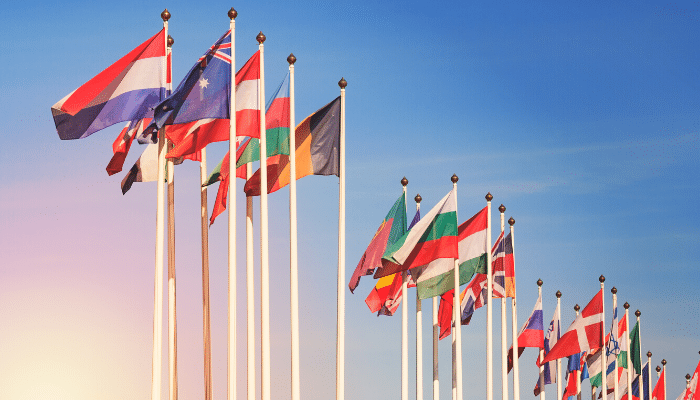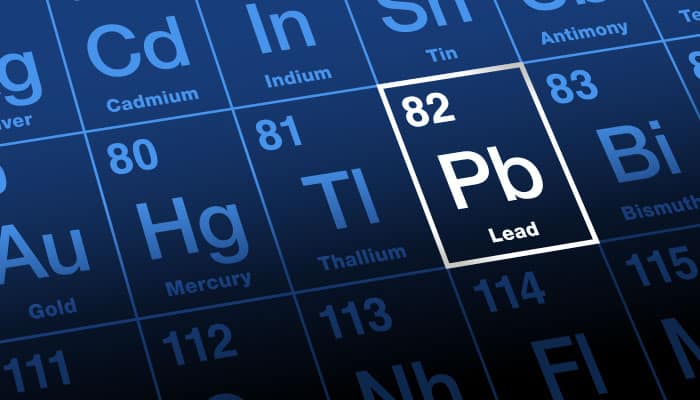
Article réservé aux abonnés

On 13 November 2019, the OECD published a report on drug residues in water.
There are currently about 4000 active pharmaceutical ingredients that are administered worldwide by prescription.
Pharmaceuticals are designed to interact with a living organism and produce a pharmacological response, making them a concern even at low doses in the environment.
They are stable molecules that degrade very slowly and whose daily use leads to a constant release into the environment.
Pharmaceuticals administered to humans or animals are excreted in the urine and faeces, 30 to 90% of oral doses are usually excreted as active substances.
Very high concentrations in the order of mg/l have also been detected in industrial effluents around the world.
Our wastewater treatment plants are not designed to remove pharmaceutical substances from wastewater.
The presence of pharmaceuticals in the environment is a major concern.
Humans can be exposed via drinking water and the ingestion of food containing pharmaceutical residues.
Some substances have been shown to cause adverse effects on ecosystems, including mortality, as well as physiological, behavioural and reproductive changes.
For example, oral contraceptives have caused the feminisation of fish and amphibians, antidepressants have changed fish behaviour, making them more vulnerable to predators.
On the other hand, the abuse and excessive use of antibiotics is an important contributing factor to antimicrobial resistance, with up to 50% of antibiotics prescribed for human use being considered unnecessary. The number is even greater in agriculture and aquaculture, where they are mainly administered as growth promoters and substitutes for good hygiene.
The environment then becomes a reservoir of resistant genes, as well as a breeding ground for the development and spread of pathogen resistance.
The OECD recommends that governments adopt a collective approach to




